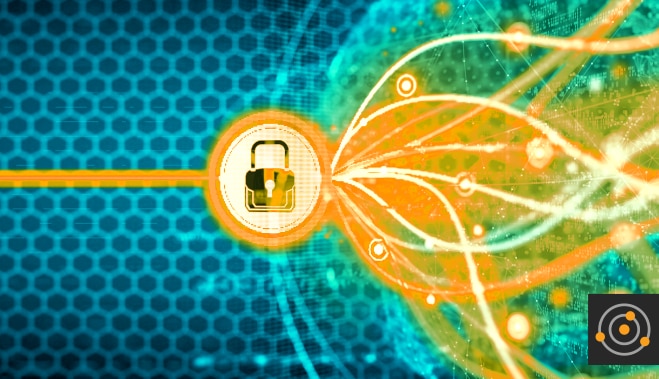Federal IT professionals feel threats posed by careless or malicious insiders and foreign governments are at an all-time high, yet network administrators and security managers feel like they’re in a better position to manage these threats.
Those are two of the key takeaways from a recent SolarWinds federal cybersecurity survey, which asked 200 federal government IT decisionmakers and influencers their impressions regarding the current security landscape.
The findings showed enterprising hackers are becoming increasingly focused on agencies’ primary assets: their people. On the bright side, agencies feel more confident to handle risk thanks to better security controls and government-mandated frameworks.
People Are the Biggest Targets
IT security threats posed by careless or untrained insiders and nation states have risen substantially over the past five years. Sixty-six percent of survey respondents said things have improved or are under control when it comes to malicious threats, but when asked about careless or accidental insiders, the number decreased to 58%.
Indeed, hackers have seen the value in targeting agencies’ employees. People can be careless and make mistakes—it’s human nature. Hackers are getting better at exploiting these vulnerabilities through simple tactics like phishing attacks and stealing or guessing passwords. The most vulnerable are those with access to the most sensitive data.
There are several strategies agencies should consider to even the playing field.
Firstly, ongoing training must be a top priority. All staff members should be hyper-aware of the realities their agencies are facing, including the potential for a breach and what they can do to stop it. Simply creating unique and undetectable passwords or reporting suspicious emails might be enough to save the organization from a perilous data breach. Agency security policies must be updated and shared with the entire organization at least once a month, if not more. Emails can help relay this information, but live meetings are much better at conveying urgency and importance.
Employing a policy of zero trust is also important. Agency workers aren’t bad people, but everyone makes mistakes. Data access must be limited to those who need it and security controls, such as access rights management, should be deployed to monitor and manage access.
Finally, agencies must implement automated monitoring solutions to help security managers understand what’s happening on their network at all times. They can detect when a person begins trying to access data they normally wouldn’t attempt to retrieve or don’t have authorization to view. Or perhaps when someone in China is using the login credentials of an agency employee based in Virginia. Threat monitoring and log and event management tools can flag these incidents, making them essential for every security manager’s toolbox.
Frameworks and Best Practices Being Embraced, and Working
Most survey respondents believe they’re making progress managing risk, thanks in part to government mandates. This is a sharp change from the
previous year’s cybersecurity report, when more than half of the respondents indicated regulations and mandates posed a challenge. Clearly, agencies are starting to get used to—and benefit from—programs like the
Risk Management Framework (RMF) and
Cybersecurity Framework.
These frameworks help make security a fundamental component of government IT and provide a roadmap on how to do it right. With frameworks like the RMF, developing a better security hygiene isn’t a matter of “should we do this?” but a matter of “here’s how we need to do this.” The frameworks and guidelines bring order to chaos by giving agencies the basic direction and necessities they need to protect themselves and, by extension, the country.
A New Cold War
It’s encouraging to see recent survey respondents appearing to be emboldened by their cybersecurity efforts. Armed with better tools, guidelines, and knowledge, they’re in a prime position to defend their agencies against those who would seek to infiltrate and do harm.
But it’s also clear this battle is only just beginning. As hackers get smarter and new technologies become available, it’s incumbent upon agency IT professionals to not rest on their laurels. We’re entering what some might consider a cyber cold war, with each side stocking up to one-up the other. To win this arms race, federal security managers must continue to be innovative, proactive, and smarter than their adversaries.
Find the full article on Federal News Network.
The SolarWinds trademarks, service marks, and logos are the exclusive property of SolarWinds Worldwide, LLC or its affiliates. All other trademarks are the property of their respective owners. 




